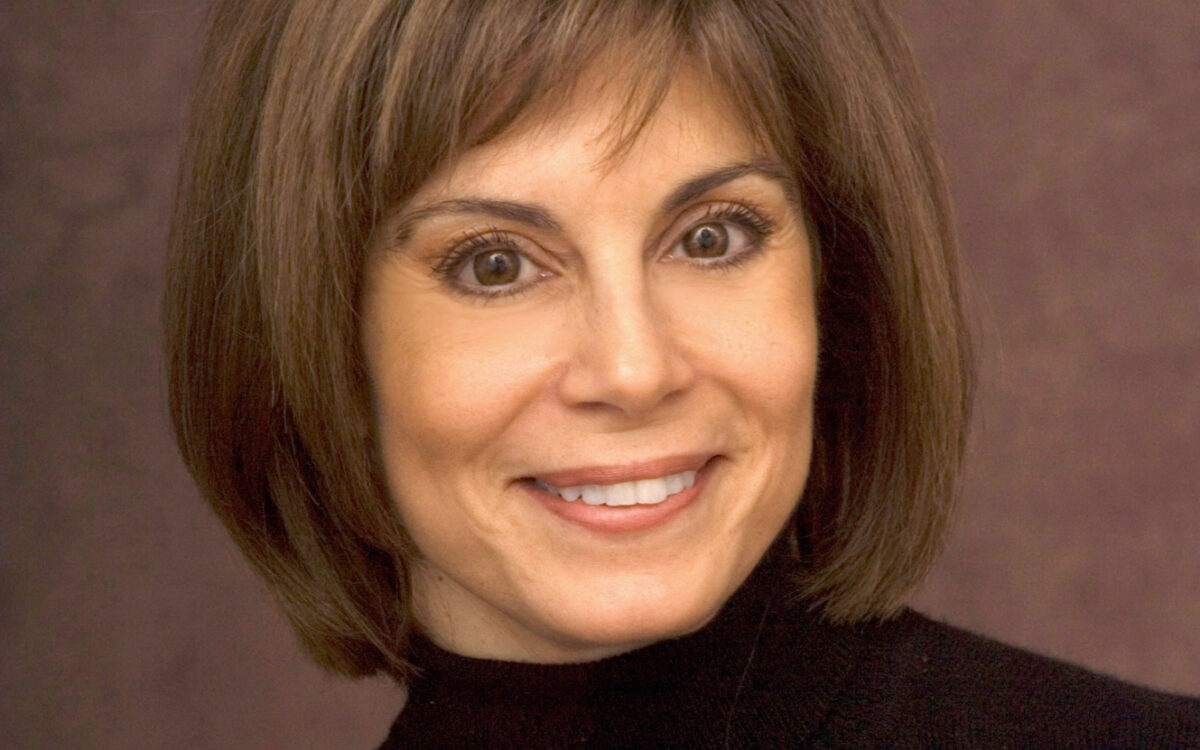Fandangos
Commission and premiere: Roberto Sierra wrote Fandangos in 2000 on commission for the National Symphony Orchestra and its music director Leonard Slatkin, who gave the world premiere in Washington, D.C., on February 28, 2001. The BSO’s only previous performances were in Symphony Hall concerts of November 2012 under Giancarlo Guerrero’s direction. The piece is about 11 minutes long.
A musically rich island with an especially vibrant and everchanging dance and popular music culture, Puerto Rico is less famous for classical music. But there’s tradition in that realm, too: the great Catalan cellist Pablo Casals’s mother was Puerto Rican, as was his third wife; he established the important, long-running Casals Festival there in 1955. There are two major orchestras as well as the Puerto Rico Conservatory, where Roberto Sierra studied before attending the University of Puerto Rico. Sierra was later an administrator at both schools, serving as chancellor of the Conservatory. In 1992 he joined the music faculty of Cornell University in Ithaca, New York; he now holds the title of Old Dominion Foundation Professor of Music, Emeritus.
Roberto Sierra developed a cosmopolitan grasp of style and technique, studying in London and Utrecht before working with the avant-garde individualist György Ligeti between 1979 and 1982. This was during a time when Ligeti’s own style was changing significantly and beginning to incorporate the influence of African polyphonic drumming. For his part, Sierra has employed Afro-Caribbean, South and Central American, and Spanish musical traditions as a fundamental aspect of his work, even as his treatment of instruments and the orchestra is rooted in European traditions, including those of the 20th century. In 2017 he was awarded the Tomás Luis de Victoria Prize, a significant honor given to composers of Spanish heritage; in 2021 he was elected to the American Academy of Arts and Letters, and in 2010 he was made a member of the American Academy of Arts and Sciences.
Sierra’s music first came to prominence in 1987 with the premiere of his Júbilo at New York’s Carnegie Hall by the Milwaukee Symphony under Czech conductor Zdenˇek Mácal. In 1989 he was named the Milwaukee Symphony’s composer-in-residence; he wrote several pieces for the ensemble, which recorded a full CD of Sierra’s music. He has fulfilled commissions for numerous concertos, including Concierto Caribe for flutist Carol Wincenc, a double concerto for violin and guitar with orchestra premiered by Frank Peter Zimmermann and Manuel Barrueco with the Saarland Radio Symphony Orchestra, solo concertos for Barrueco, and many others. His Concerto for Orchestra was composed on commission from the Koussevitzky Foundation for the Philadelphia Orchestra’s centennial. Sierra’s music has been commissioned and performed by many of the major orchestras in the country, and he has had a particularly strong relationship with the National Symphony Orchestra in Washington, D.C., which premiered his Fandangos. The National Symphony and Leonard Slatkin also premiered his major Missa Latina Pro Pace in February 2006; it was subsequently recorded by the Milwaukee Symphony Orchestra. The frequently performed Fandangos was also featured in the opening concert of the BBC Proms in 2002. The Boston Symphony Orchestra and soloist James Carter played his Concerto for Saxophones and Orchestra under Thomas Wilkins in 2019; that piece was commissioned by the Detroit Symphony Orchestra. His Bongo+ was commissioned by the Juilliard School in celebration of its centennial, and his Songs from the Diaspora was a Music Accord commission for soprano Heidi Grant Murphy.
The triple-meter fandango is perhaps the most characteristic Spanish dance form. It emerged in classical music in the first half of the 18th century and quickly became the standard representation of “Spanish”-flavored music for composers throughout Europe; a fandango used by Gluck in his ballet Don Juan found its way into Mozart’s Marriage of Figaro (which takes place in Seville). Fandango is part of flamenco performances, and the famous malagueña dance is also a type of fandango.
Roberto Sierra’s Fandangos is a postmodern rumination on two particular fandangos: one for harpsichord attributed to Antonio Soler (1729-1783), a notable Spanish composer; the other by Luigi Boccherini (1743-1805), an Italian who worked most of his life in Spain and who was one of the most important non-Austrian Classical-era composers. His orchestral treatment of the dance, besides quoting and blending his two sources, takes cues from Ravel’s Boléro in its rhythmic and harmonic consistency and from Berio’s Coro and Sinfonia in its surrealism and rapid shifts of focus. Unlike Boléro, Fandangos (the plural suggests the work’s multifaceted origins) isn’t a constant crescendo from beginning to end but a series of episodes exploring different perspectives on orchestral possibility, like constantly changing variations. As in its models, occasionally the harmony moves into major-key territory. The piece moves from very light orchestration to very dense, occasionally collapsing in on itself in chaos before the fandango ostinato resurfaces. The orchestral detail is never less than extraordinary, even in less ostentatious moments, and trumpets and castanets keep the piece firmly rooted in Spain.
Robert Kirzinger

